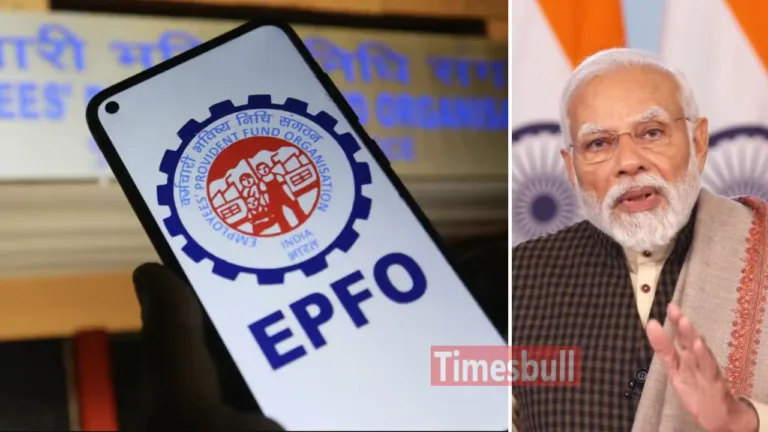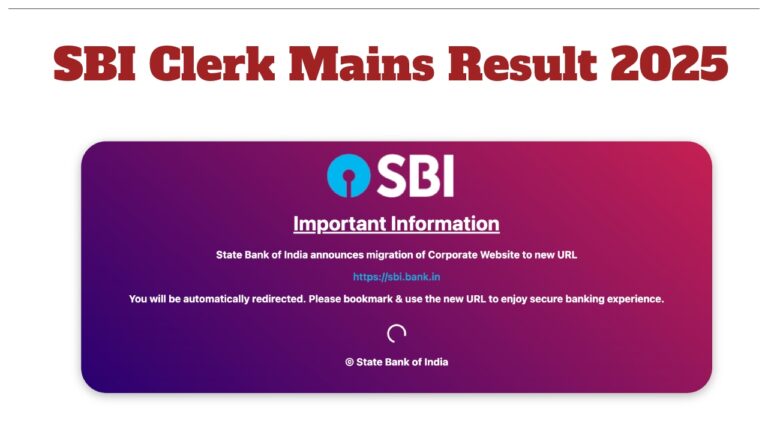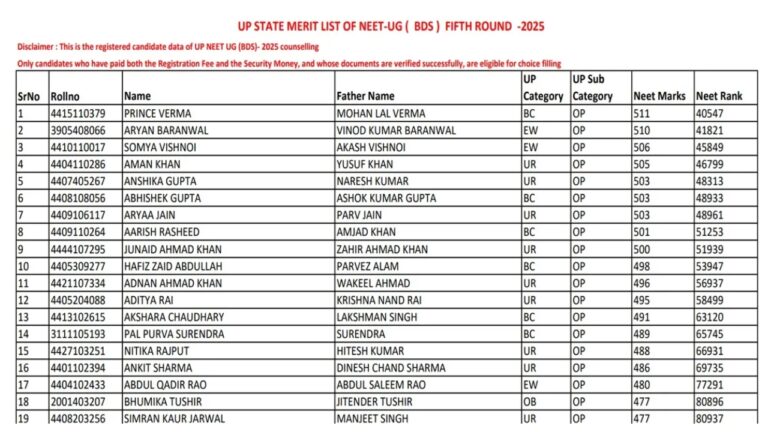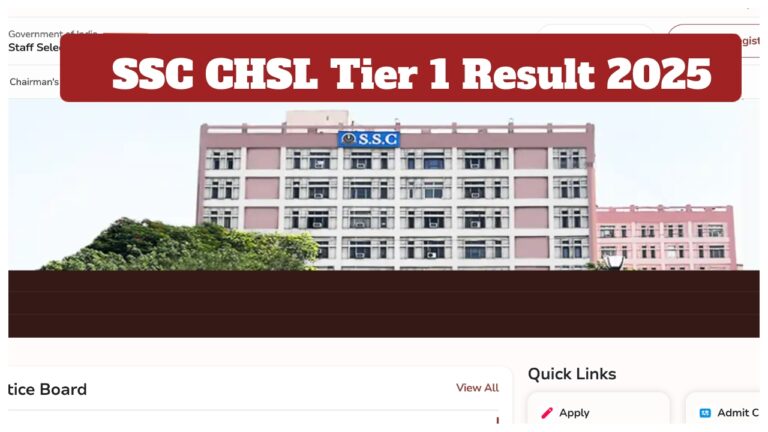We purchase a variety of items for our everyday needs, often opting for branded products to guarantee quality. However, there are instances when even these branded items may prove to be substandard, leaving us feeling deceived. In cases where a product is found to be defective or contaminated, consumers have the right to lodge a complaint with the consumer forum and seek compensation.
Consumer protection laws are established to address issues such as measurement discrepancies and service deficiencies. In this context, we will outline the procedure for filing a complaint in consumer court, enabling you to take action against any merchant or healthcare provider in cases of fraud. You have the right to advocate for yourself.
Who is eligible?
Any individual can submit a complaint to the Consumer Forum. If a product or service is deemed unsatisfactory, you are entitled to file a complaint. Additionally, registered organizations are also permitted to initiate complaints.
How many consumer courts exist in the country?
The country is home to over 630 consumer rights courts or consumer litigation courts. Each district forum comprises three members, including a chairperson.
Where should a complaint be filed?
The appropriate forum for filing a complaint is determined by the extent of the consumer’s loss. For losses under Rs 20 lakh, complaints should be directed to the District Forum. If the loss ranges from Rs 20 lakh to less than Rs 1 crore, the complaint should be filed with the State Commission. For losses exceeding Rs 1 crore, the National Commission is the appropriate venue.
What is the fee for filing a complaint?
It is not necessary to engage a lawyer or advisor to file a complaint in the Consumer Court; the complainant can represent themselves. The filing fee is determined by the nature of the case and varies by state. Typically, the fee is Rs 100 for claims up to Rs 1 lakh, Rs 200 for claims between Rs 1 lakh and Rs 5 lakh, Rs 400 for claims from Rs 5 lakh to Rs 10 lakh, Rs 500 for claims from Rs 10 lakh to Rs 20 lakh, Rs 2000 for claims between Rs 20 lakh and Rs 50 lakh, and Rs 4000 for claims from Rs 50 lakh to Rs 1 crore.
Here is a guide on how to file a complaint online in Consumer Court
Begin by visiting the website edaakhil.nic.in and registering your email address. To initiate a new complaint, you will need a digital copy of your identity proof, such as a Voter ID, Aadhaar card, or PAN card. Next, click on the “Complaint and Advocate” button. This will bring up the registration option; click on it to proceed.
A form will appear, requiring you to provide details such as your name, address, and email ID. After that, enter your complaint along with any additional information. You will also need to upload relevant documents related to your complaint, such as bills. Once you have filled in all the necessary information, an OTP will be sent to your phone for verification. Confirm your details using the OTP, and then click the submit button.
Following this, you will receive an email containing a receipt number and a link, which will allow you to track the status of your complaint.
For those who prefer to file a complaint offline, consumers can write their complaint on plain paper and submit it to the appropriate forum. The complaint should include comprehensive details about the incident, including the time and place it occurred. Additionally, consumers must attach the bill for the goods or services in question, along with any supporting documents. The complaint letter should also specify the relief sought from the company.
Complaints can also be registered via mobile devices. Furthermore, the National Consumer Helpline offers a toll-free number, 1800114000, for consumers to register their complaints.
Regarding the resolution timeline, once the complaint process is initiated in the consumer court, the forum addresses it promptly. Consumers are compensated for any losses or damages incurred, and the forum provides assistance as necessary. Typically, it takes between 3 to 5 months to resolve complaints, with hearings conducted in straightforward language to ensure clarity for the aggrieved parties.










